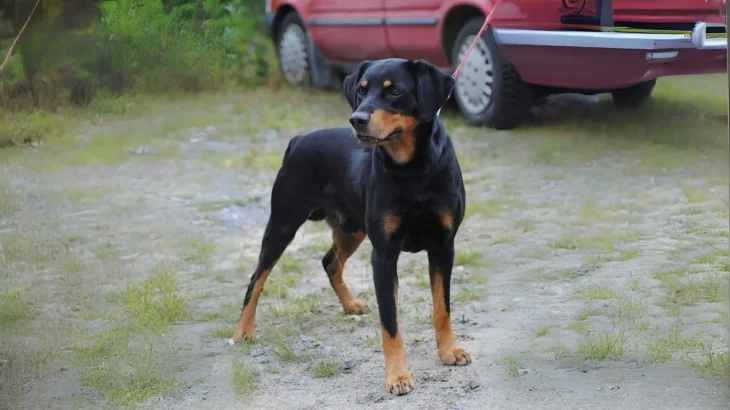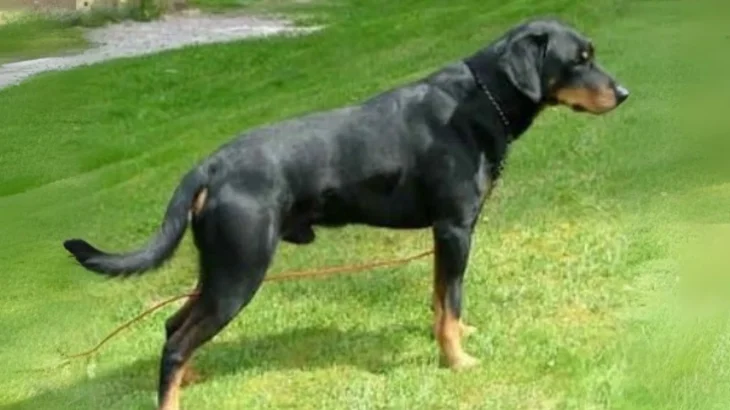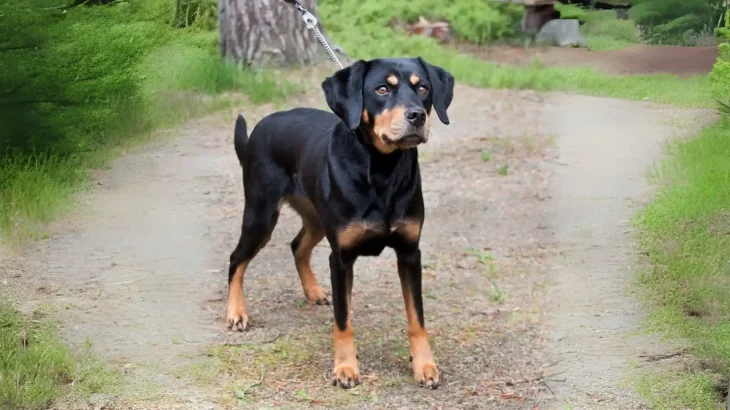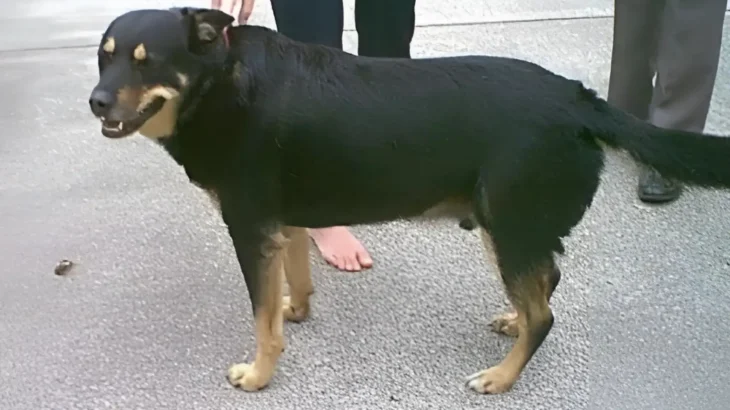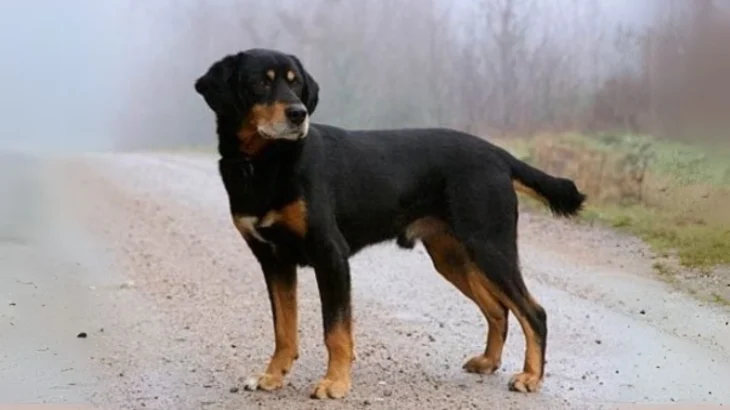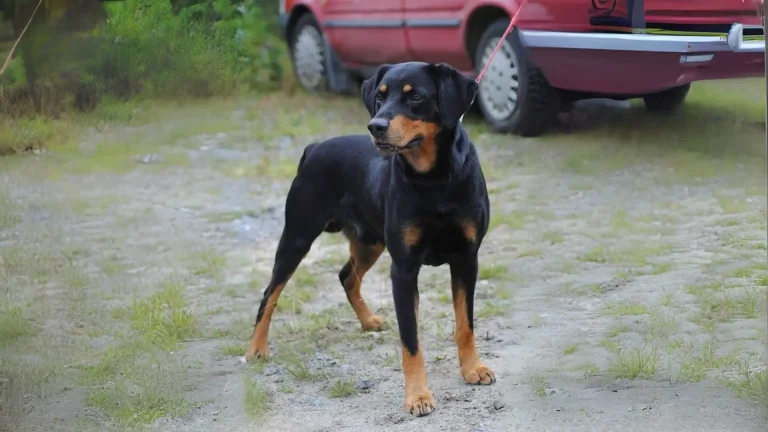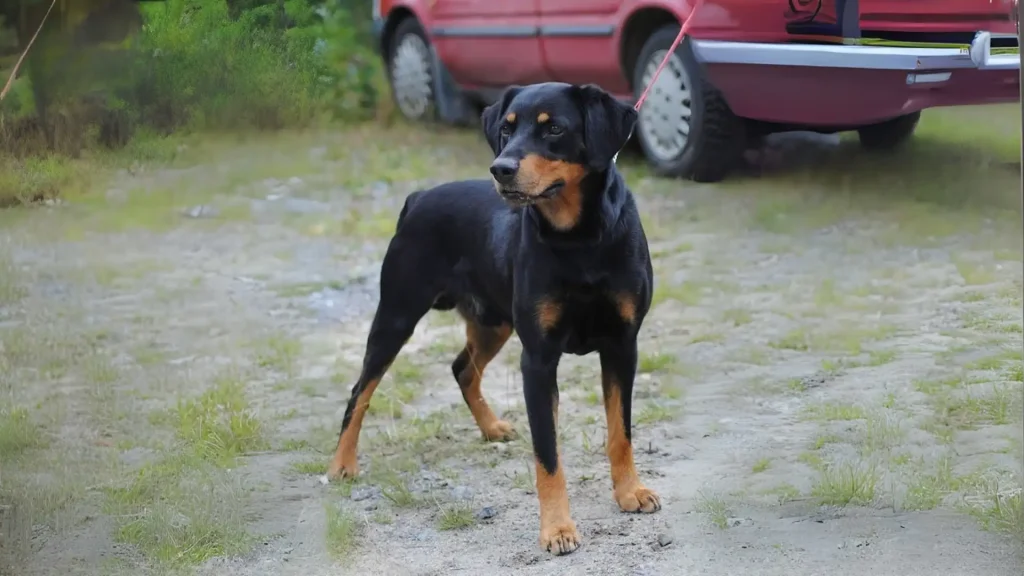When deciding on a Smalandsstovare puppy, you might weigh the benefits between adopting and purchasing from a breeder. Adoption can offer the chance to rescue a dog in need, while buying from a breeder often ensures specific insights into health history and breed lineage. Both paths have trade-offs that can affect your experience as a new dog owner.
Adoption vs. Breeder: Pros & Cons
| Criteria | Buying from Breeder | Adopting from Shelter/Rescue |
|---|---|---|
| Cost | Typically higher; Smalandsstovare puppies may be rare and priced accordingly. | Generally lower adoption fees, more budget-friendly. |
| Health History | Usually detailed health records and genetic screening available. | Health background may be limited or unknown; basic vet checks common. |
| Age Availability | Primarily young puppies, letting you raise them from the start. | Includes dogs of various ages, including adults and seniors. |
| Temperament Insight | Breeders can inform about lineage traits and early temperament indicators. | Shelters provide behavioral observations but may lack full history. |
| Ethical Considerations | Supports preservation of rare breed if breeder is reputable and ethical. | Helps reduce shelter populations by giving a home to a dog in need. |
| Breed Purity & Pedigree | Guaranteed pedigree and breed purity from registered breeders. | Breed purity may be uncertain or mixed; less certainty on lineage. |

